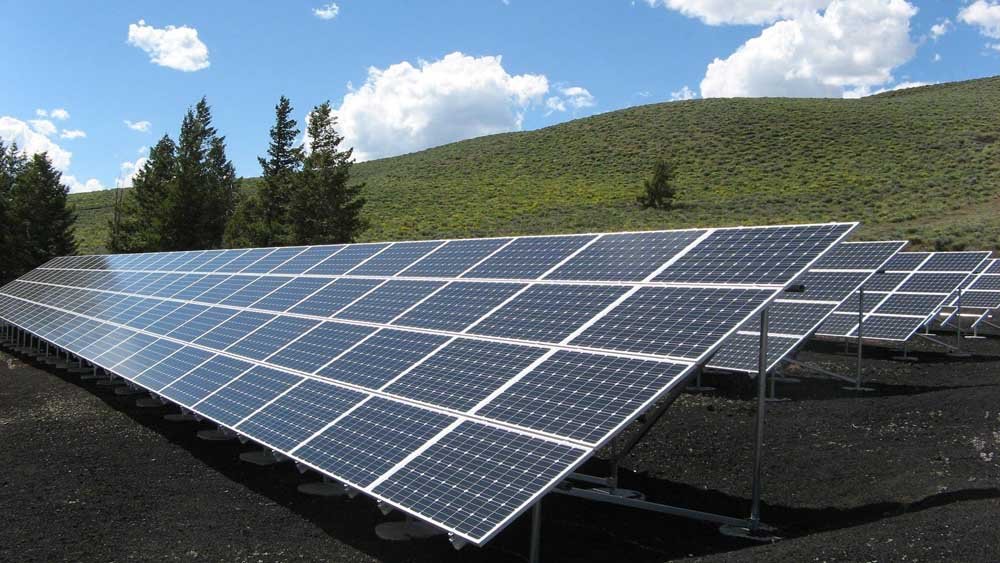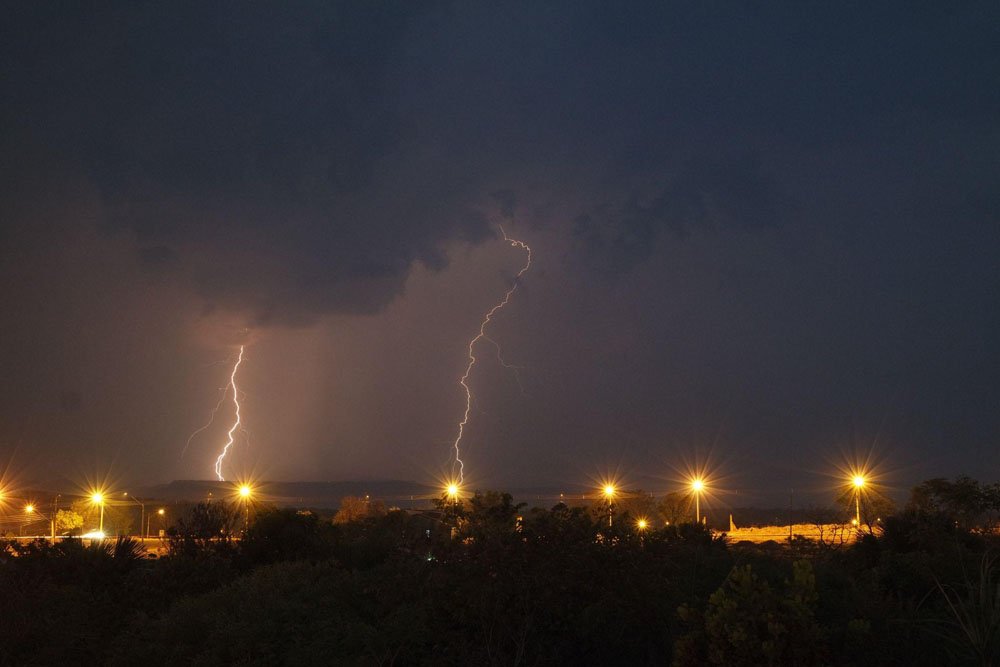Generating electricity on your own can save money and protect against rising energy rates, with solar panels or wind turbines often being the go-to method of creating power.
Hydroelectric generators use solar radiation to heat water, producing steam which turns copper coils to generate electricity.
Hydro
Hydroelectricity is an eco-friendly form of renewable energy which uses flowing water to generate power.
Hydroelectric power plants can be found on lakes, rivers, and streams using large dams that block off the flow of water into a pool above their structures and give that pool of water access to one or more pipes that create a path downhill so as to activate turbines that produce power.
Hydropower differs from nuclear and coal in that it provides peak power quickly on short notice, making it an invaluable ally among renewable sources. For a country with plenty of access to water, hydro may offer the bestestrøm solution. Many countries rely upon both hydroelectricity and other renewables for their energy needs.
Hydroelectricity does have some drawbacks. Dams can damage ecosystems while creating hydroelectricity can result in siltation that affects river flow. Furthermore, reservoirs used can become vulnerable to floods and droughts.
When considering hydroelectricity, it’s essential to weigh all its potential advantages and disadvantages carefully. Hydropower provides clean energy that’s relatively cost-effective over its lifespan; although it requires an initial upfront investment it often pays dividends in terms of providing energy that powers homes close to rivers or estuaries.

Geothermal
Geothermal energy, harnessed from deep within the Earth, can be harnessed to generate electricity. Harvested continuously over time, geothermal power provides a clean and renewable power source with long-term sustainability benefits.
Geothermal power plants use two distinct methods for producing electricity: flash steam power plants use extremely hot groundwater that is pumped up from below to operate a turbine and generator; in contrast, binary cycle plants combine water and steam into an energy-producing turbine.
Binary geothermal plants offer another flexible source to complement wind and solar output, offering several opportunities each day to adjust as required to meet energy demands in any region.
Geothermal power’s primary advantage lies in its limited water needs for operation, making it ideal for deployment in areas with limited supplies of freshwater. Unfortunately, improper management of extracted earth water can pollute drinking water sources and harm local ecosystems.
Coal
Coal has long been used as a source of energy, both heating and powering homes and industries alike. Furthermore, coal can also be used for steel manufacturing processes.
Coal poses numerous downsides. Most significantly, its emissions of carbon dioxide contribute to climate change and global warming. Furthermore, the mining process of coal destroys the environment resulting in serious health concerns for those who reside nearby.
Although coal mining may not be as destructive as oil and natural gas extraction, its production can still have devastating environmental consequences. Coal is less costly to access globally and makes for an attractive option in countries that haven’t made the transition toward renewables yet.
Coal offers several advantages over its competitors; one being its high EROI ratio – measuring how much energy can be derived from it compared to energy needed for extracting and refining it as well as what output it generates. This rating places coal above hydropower and wind energy but lower than nuclear.
Coal also provides another advantage by being easily converted to other forms of energy such as hydrogen or liquefied petroleum gas, which can then be used to produce electricity more economically – something which comes in particularly handy when you require backup plans.

Nuclear
Nuclear power is a clean energy source, producing no greenhouse gases during operation.
Nuclear fission produces steam which then turns turbines to generate electricity; any additional heat produced can be utilized for other purposes like producing hydrogen or heating homes and businesses.
Nuclear energy currently boasts low operation, maintenance, and fuel costs when compared with fossil fuel plants. Furthermore, its use has allowed global emissions reduction of around 70Gt of carbon dioxide annually.
Nuclear energy stands out from coal and natural gas in that its production can continue throughout the day, helping ensure there is enough electricity available when demand peaks occur. Furthermore, it is unlike wind or solar energy generation which is subject to weather conditions for optimal functioning.
Nuclear plants rely on uranium to generate electricity through nuclear fission, where a particle hits an atom of uranium and splits it apart, releasing neutrons which in turn hit other atoms to cause further fission, creating even more energy in the form of heat.
One of the most promising methods of power generation may lie within controlled nuclear fusion. Scientists have been exploring this promising option by accelerating heavy hydrogen ions through an electric field and creating limitless, renewable energy at a fraction of the cost associated with fossil fuels.

Solar
Solar energy has evolved immensely over the past several years and now stands as one of the cheapest methods of power production.
According to the International Energy Agency (IEA), new solar and wind plants cost half as much as new coal or gas plants to construct.
Solar electricity costs are rapidly declining due to technological innovations and economies of scale. As more people install solar panels, manufacturers are able to build larger factories which reduce both materials and labor costs; hence solar is quickly becoming one of the fastest growing sources of power worldwide.
Solar energy can be harnessed for electricity production in two distinct ways: photovoltaic or concentrated solar power.
Photovoltaic cells convert sunlight directly to electricity while concentrated solar power uses mirrors and lenses to focus the sun on one central point and generate steam to drive a turbine.
Both methods can produce electricity for homes, businesses, and power stations alike.
Homeowners and business owners who make use of solar technology can sell any excess electricity back to their providers, significantly lowering or even eliminating power bills altogether.
But initially, the upfront costs can be prohibitive for some individuals. When considering any green energy solution, always compare all its potential pros and cons against your personal situation in order to identify which option provides optimal energy solutions within budget.
Wind
Wind power stands out as one of the most cost-effective renewable sources, both financially and ecologically.
Producing zero emissions and needing no fuel source, wind energy provides flexibility across any continent – be it stored in batteries for later use or transferred directly into the electrical grid for instantaneous consumption.
Although its variability may not compare to that of solar or nuclear technologies, storage capacities can help address this concern.
Recent years have witnessed significant drops in solar and wind prices due to increased customer choice, emission standards, and an increasingly competitive market, according to this study.
Global energy needs are becoming less dependent on fossil fuels due to the increasing popularity of green electricity sources such as solar, wind, geothermal, biomass, and low-impact hydro. You can click the link: https://en.wikipedia.org/wiki/Renewable_energy’ to learn more about these types of energy.
Also referred to as renewable or clean energy, these resources come from naturally replenished sources that don’t harm the environment during production; additionally, they offer safer, more reliable sources than coal or gas energy and produce no greenhouse gases upon combustion.
Green power must become more cost-effective to truly take off, and we are finally seeing this come to fruition: according to a recent report, electricity generated by wind and solar plants now costs less than that from fossil fuel facilities.
Changing to green energy sources won’t change our economy overnight, but it will help reduce climate-related disruptions such as droughts, heat waves, increased extreme weather events, and larger wildfires. These long-term benefits far outweigh the difference in cost between traditional methods of obtaining power and more eco-friendly options.
















